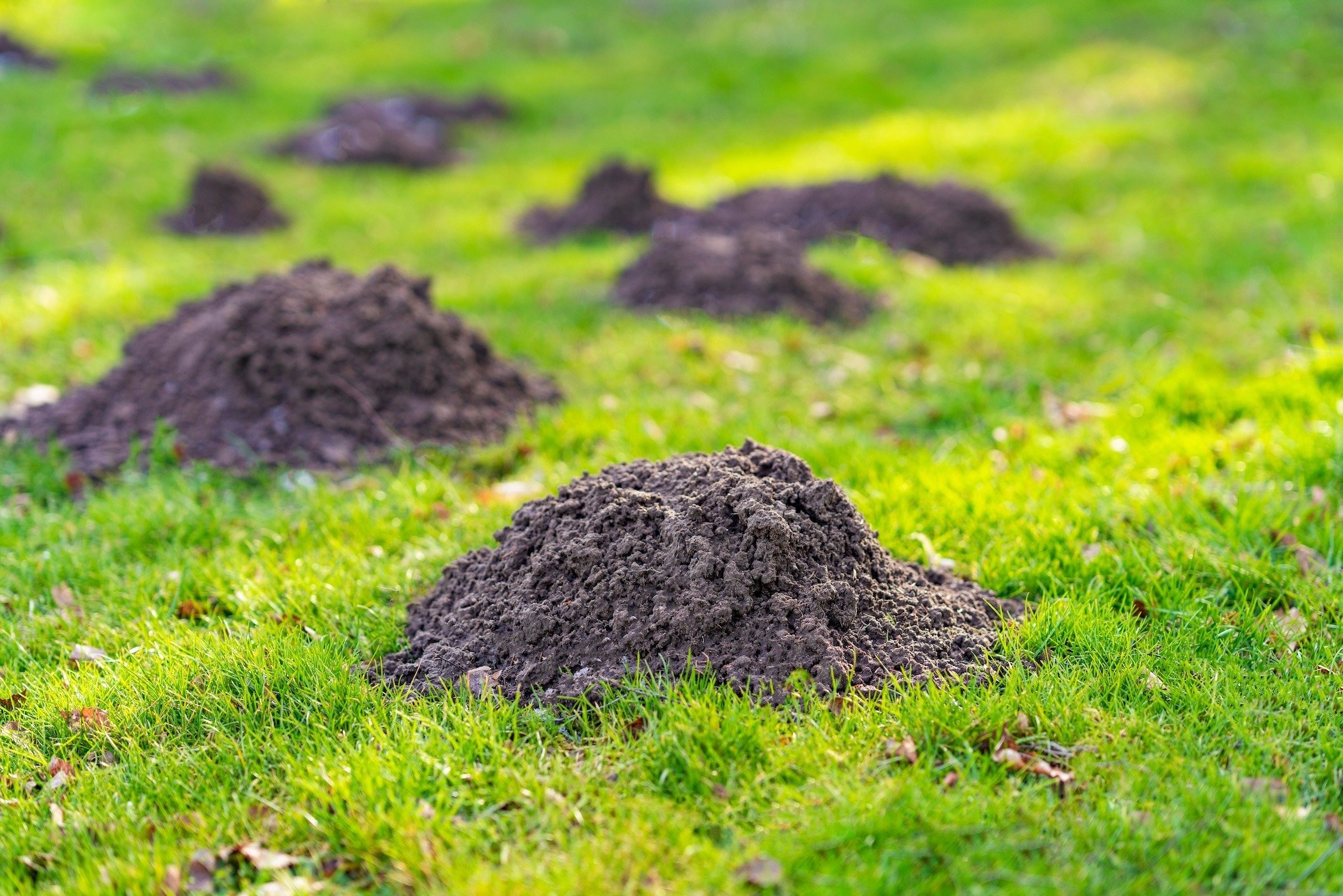Efficient Vole Control Solutions: Taking Care Of Vole Pest Issues
Efficient Vole Control Solutions: Taking Care Of Vole Pest Issues
Blog Article
Comprehensive Guide to Reliable Vole Parasite Control: Infestation Recognition and Therapy Methods
In the world of effective insect control, vole problems pose an unique challenge that demands a calculated method. By checking out the subtleties of vole behavior, comprehending crucial indications of infestation, and evaluating a variety of control options, one can establish a comprehensive strategy to fight these elusive insects.
Comprehending Vole Habits
Vole habits is defined by their tunneling behaviors and rapid reproduction prices, making them a difficult bug to regulate properly. Their rapid reproductive rate more makes complex control initiatives, with women capable of producing numerous clutters in a single year, each having a number of offspring.
Recognizing vole behavior is critical for effective insect control methods. By recognizing their burrow places, keeping track of feeding locations, and executing targeted control techniques, such as capturing or environment alteration, vole infestations can be handled successfully.
Indicators of Vole Infestation

Avoidance Techniques
Applying efficient avoidance approaches is essential in reducing vole infestations and protecting vegetation from their devastating feeding habits. To stop vole invasions, it is essential to start by getting rid of possible food sources and sanctuary.
Routinely inspecting the building for indicators of vole activity, such as paths and delve openings, is essential for early detection and prompt action. Take into consideration making use of catches or repellents tactically put near their pathways if vole task is believed. Using natural predators like owls or snakes can also aid maintain vole populaces in check. By implementing a mix of these prevention techniques, homeowners and gardeners can efficiently safeguard their greenery from vole damage.
Non-Lethal Control Approaches
To effectively take care of vole populaces while focusing on gentle techniques, non-lethal control approaches offer useful options for reducing vole damage in yards and landscapes. These obstacles can be hidden at the very least 12 inches deep and bent at a 90-degree angle to stop voles from tunneling underneath.

Lethal Control Options
One efficient method for attending to vole infestations in landscapes and yards entails the critical use lethal control choices. When faced with a serious vole problem that non-lethal methods have actually failed to have, carrying out deadly vole control control actions becomes critical. One generally used lethal control alternative is making use of breeze catches. These traps are made to swiftly and humanely eliminate voles upon activation, making them a popular choice for lots of gardeners and landscapers. To enhance the performance of breeze traps, it is suggested to place them in areas where vole task is high, such as along runways or near burrow entryways. One more lethal control choice is the usage of hazardous baits specifically developed to target voles. These baits include toxin that is consumed by the voles, bring about their ultimate demise. Nonetheless, caution should be exercised when utilizing toxic baits to stop damage to non-target pets or animals. In general, when utilizing dangerous control options, it is necessary to do so responsibly and based on neighborhood regulations to efficiently manage vole infestations.
Final Thought
Finally, effective vole pest control requires a comprehensive understanding of vole actions, recognition of signs of infestation, execution of prevention methods, and use of both lethal and non-lethal control techniques. By incorporating these methods, individuals can efficiently manage vole populations and shield their residential or commercial property from damages. It is very important to attend to vole problems quickly to avoid further concerns and reduce the influence on the surrounding environment.
Provided the detailed tunnel systems and fast reproduction rates characteristic of voles, identifying the indications of vole invasion ends up being vital in effective parasite control. One of the key indications of vole existence is the presence of surface area paths or routes in grass or snow, usually regarding 1-2 inches vast, developed as voles travel between their burrows and food sources.To successfully take care of vole populaces while focusing on gentle techniques, non-lethal control approaches offer useful options for lowering vole damages in gardens and landscapes.One efficient method for addressing vole invasions in yards and landscapes entails the calculated use of lethal control options. vole control utah.In final thought, efficient vole bug control calls for a detailed understanding of vole actions, identification of indicators of invasion, implementation of avoidance techniques, and application of both non-lethal and dangerous control techniques
Report this page